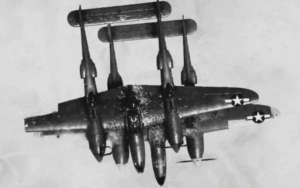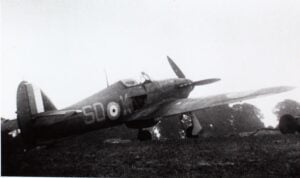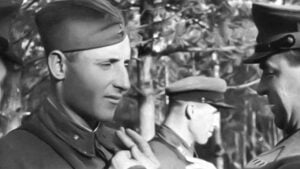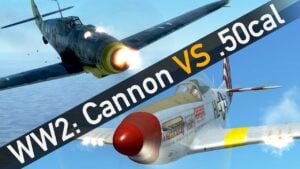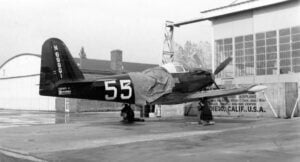P-38 Lightning Mach Limits and Other Issues
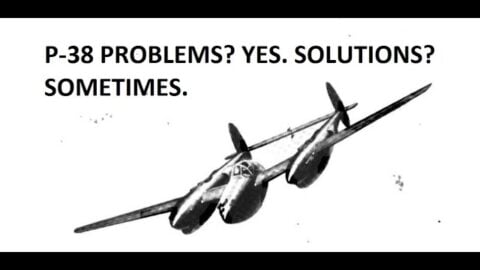
YouTube / Greg's Airplanes and Automobiles
The Lockheed P-38 Lightning was a powerful and innovative fighter aircraft, but like many trailblazing designs, it faced its fair share of challenges.
While some of these issues were eventually resolved, others remained throughout its service life. Nevertheless, the P-38 proved to be a competent and sought-after aircraft, seeing action in every major theater of World War II.
Issues
The P-38 was the first fighter to reach 400 mph and was capable of reaching high speeds at very high altitudes. It needed new technologies, techniques, and construction to do it.
First on the list of issues is the P-38’s high parasite drag as compared to other US WWII fighters. This hurts the plane at high indicated airspeeds and is a huge factor at lower altitudes. There are also very high drag gun points. This open gun arrangement was common when the P-38 was designed, but these caused a lot of drag.
Mach Limits
Another significant problem was its relatively poor dive performance. The P-38 had a maximum dive speed of 420 mph. According to the pilot’s manual, the Mach limit of 0.68 is the real problem. The indicated speed isn’t great, but the Mach limit is the bigger issue. This is a significant factor, especially in high altitudes where you’ll reach the Mach limit at relatively low indicated air speeds.
When the plane reaches its Mach limit, it encounters compressibility and becomes uncontrollable. It’s possible to recover the plane from this altitude but it’s very risky to get into compressibility. This issue wasn’t particularly Lockheed’s fault- the P-38 was the first fighter to fly fast enough and high enough to encounter this issue. It affected all WWII fighters to some degree, but Lockheed’s design team was one of the first to encounter this issue, losing test aircraft and pilots as a result. They couldn’t avoid the problem because, in the first place, they didn’t know they existed. Subsequent designs like the P-47 and P-51 had improvements and had higher Mach numbers, usually around 0.80.
This didn’t matter much in the Pacific for two main reasons. Firstly, Japanese planes didn’t have stellar dive performance, so the P-38 could outdive most of them. Moreover, operations in the Pacific tended to be at lower altitudes where Mach limitations were not a factor as often because the plane would usually reach its red line of 420 mph on the airspeed indicator. However, in Germany, at high altitude, it would be a different situation. When escorting at high altitudes, the planes are operating close to their Mach limits and are much more likely to get into compressibility if they dive.
Partial Solution
Lockheed came up with a partial solution to the problem- the dive flaps. When at or above the Mach limit, compressibility causes two big problems. First, it tends to lock up the controls, making them immovable.
Second, the center of pressure on the wing moves aft, which causes the plane to pitch down. The dive flaps solve both of these problems, helping the plane pitch up, which by itself helps slow down. They also add a lot of drag which slows the plane down as well. However, dive flaps didn’t show up until the J-model.
In Summary
The P-38’s drag is as good as it could have been for a plane of its size, designed in 1937. Design-wise, it’s fine, but when pushing the power up to 1400 hp. The intercoolers just weren’t up to the task. Likewise, the turbos met the original requirements, but they just didn’t have enough for the power requirements at 25,000 ft. The P-38 was designed at a time when military aviation, turbochargers, and engines were changing rapidly. Lockheed did a decent job with the knowledge they had at that time, but they didn’t see improvements in fuels and turbochargers.
Thus, when more power became available, the P-38 didn’t have the intercoolers needed to take full advantage of it. They corrected that with the J model but it was just a little too late for the European theater. The low Mach or compressibility issue wasn’t Lockheed’s fault since the P-38 was the first fighter with enough speed and capability to regularly encounter this issue. Thus, it was partially hamstrung by the problem that nobody in the world existed at the time the plane was designed.















